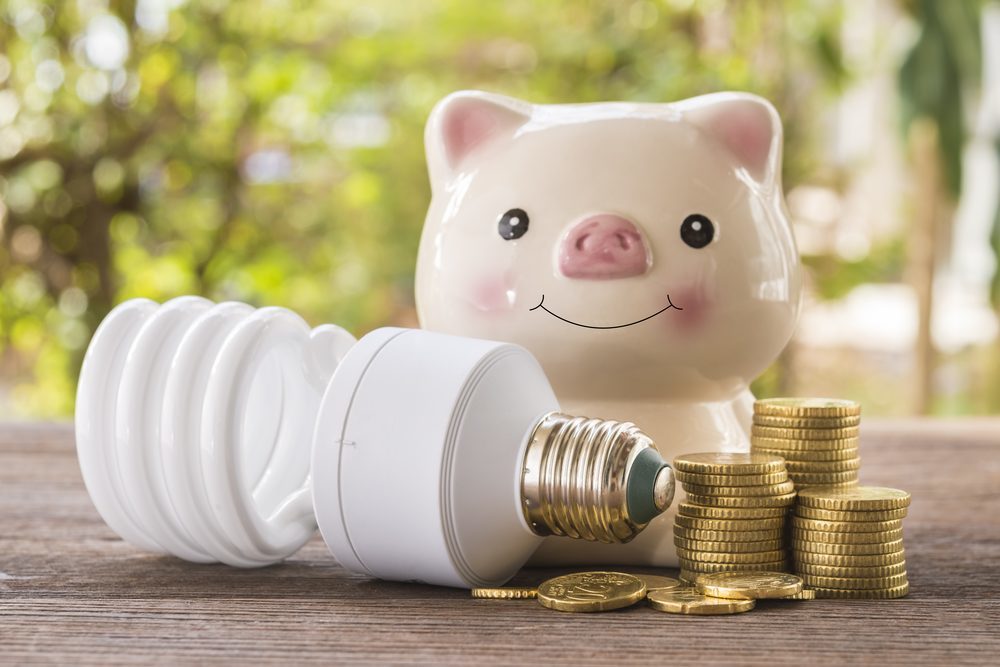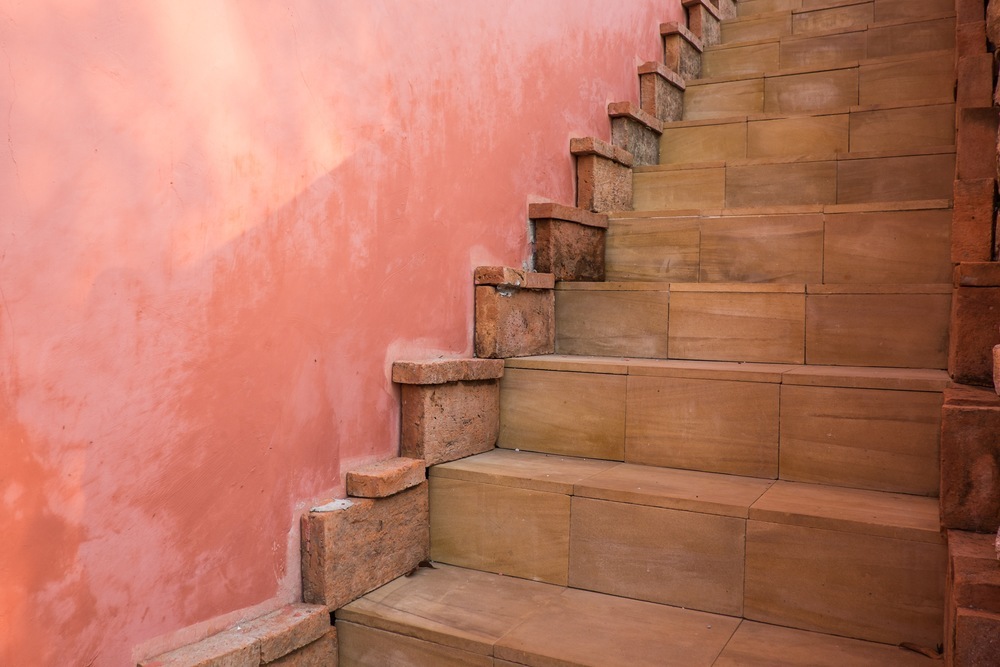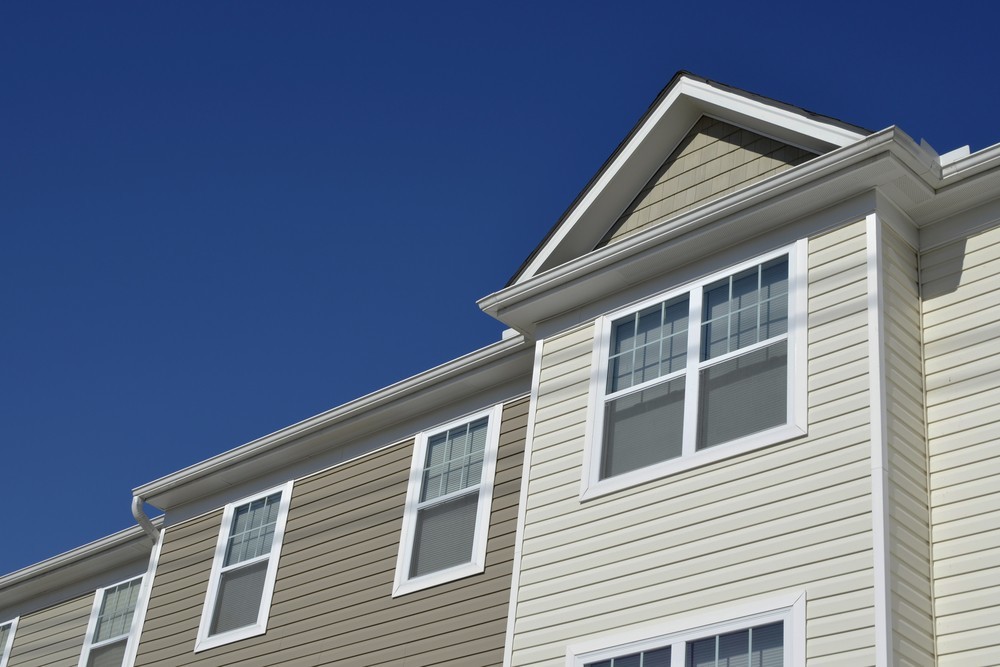 Trends in home decor come and go over time. While carpeting was a very popular choice for a long time, hardwood floors have become the top flooring style of choice for many homeowners. While carpeting is softer to walk on and can help reduce noise in your home, homeowners love hardwood floors for its timeless look, durability, and easy maintenance.
Trends in home decor come and go over time. While carpeting was a very popular choice for a long time, hardwood floors have become the top flooring style of choice for many homeowners. While carpeting is softer to walk on and can help reduce noise in your home, homeowners love hardwood floors for its timeless look, durability, and easy maintenance.
If you’re considering changing the flooring in your home and are thinking of getting hardwood floors, lots of people would certainly agree that you’re making a great choice. But before you get started, it’s important to figure out which type of hardwood floor would work best for your home. There are a few different types of hardwood flooring materials available and each of them has their own advantages and drawbacks.
Solid Hardwood
Of course, solid hardwood flooring is one option you could go with. In terms of durability and a natural look, nothing tops solid hardwood flooring. When compared to other types of hardwood flooring materials, solid hardwood is easier to repair. If you want to change the look of your floor later on or need to cover up a little bit of damage, solid hardwood floors can be sanded and refinished. When properly cared for, a solid hardwood floor can last for a very long time, often more than a hundred years.
The biggest drawback to solid hardwood flooring is that it’s the most expensive option available, so if you’re trying to stick to a budget, this might not be your best option. Since wood can warp, swell, and expand if exposed to moisture, there are certain rooms solid hardwood flooring should not be used in, like bathrooms and laundry rooms. Solid hardwood floors also need to be installed over a wood subfloor, so if you have a concrete subfloor, this won’t be an option for you.
Laminate
If you’re looking for a more affordable alternative to solid hardwood floors, laminate flooring is a very popular choice. Since laminate flooring isn’t made of real hardwood, it’s significantly less expensive to produce and install. Most people can even install laminate flooring on their own without having to hire a professional. The planks are very thin, so they can typically be installed over existing flooring without causing problems. Many people also feel like laminate flooring is easier to clean than solid hardwood and can be even more durable.
Just like solid hardwood flooring, laminate flooring can also be damaged by water so it shouldn’t be used in rooms where it would be exposed to moisture. You also do have to be careful when installing laminate because if it’s not done correctly, planks can get pushed together and cause unsightly peaking. Although laminate flooring is quite durable, it’s important to know that it can be difficult to replace or repair damaged planks if you need to. You can’t sand and refinish laminate like you can solid hardwood and it can be difficult to find replacement planks that have the same grain pattern and color as the rest of the floor.
Engineered Wood
Engineered wood is something of a hybrid of solid hardwood and laminate. Since engineered wood does contain some real wood, it’s not as inexpensive as laminate, but it’s more affordable than solid hardwood and offers several benefits that other types of hardwood flooring can’t. Unlike solid hardwood and laminate, engineered wood actually does tolerate moisture well. Engineered wood can also be more durable and stable than natural hardwood or laminate. It can easily be installed over any type of subflooring. If you choose engineered wood that has a veneer at least ⅛ of an inch thick, you can sand and refinish it just like you would solid hardwood.
The main drawback to using engineered wood is that the quality can vary from manufacturer to manufacturer. If your engineered wood has a thin veneer, it can be damaged sooner than you’d like it to.
Bamboo
Although bamboo is technically a type of grass, it’s often considered a type of hardwood flooring. Strands of bamboo are bonded together to form planks that look very much like regular wood. If you’re looking for a flooring option that’s both environmentally friendly and affordable, bamboo is an excellent choice. Bamboo flooring is extremely durable, easy to maintain, and comes in a great variety of colors and styles. It can even be sanded and refinished like regular wood floors.
However, bamboo flooring is also prone to becoming dented, scratched, or discolored over time. Some types of bamboo flooring are softer than others, so some types may be more easily damaged than others. It’s also not as water-resistant as engineered wood, although it’s not quite as easily damaged by water and humidity the way solid hardwood is.









